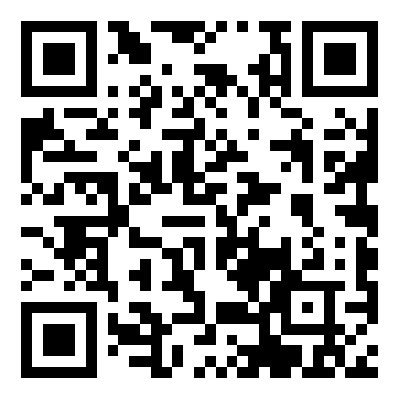Wiring method for electric actuators
2023-10-18
The wiring method for electric actuators depends on the specific type and model of the actuator, as well as the control system being used. However, here are some general guidelines for wiring electric actuators:
Power Supply: Electric actuators require a power supply to operate. Typically, this involves connecting the actuator to a power source, such as an electrical outlet or a power distribution panel. The voltage and current requirements for the actuator should be matched with the appropriate power supply.
Control Signals: Electric actuators are controlled using control signals that determine their position or movement. The specific control signals can vary depending on the actuator type and the control system being used. Common control signals include analog signals (e.g., 4-20mA) or digital signals (e.g., 0-10V, Modbus, Ethernet/IP).
Control System Integration: The actuator needs to be integrated into the control system to receive the appropriate control signals. This may involve connecting the actuator to a programmable logic controller (PLC), a distributed control system (DCS), a motor drive, or other control devices.
Wiring Connections: The actuator typically has wiring terminals or connectors for connecting the power supply and control signals. Follow the manufacturer's instructions and wiring diagrams to properly connect the wires to the corresponding terminals. It's important to ensure correct polarity and proper grounding for safety and optimal performance.
Cable Selection: Choose appropriate cables for the wiring connections. Consider factors such as voltage rating, current-carrying capacity, insulation type, and environmental conditions (e.g., temperature, moisture, chemical exposure). Use cables that meet the required standards and regulations for electrical wiring.
Protection and Safety: Properly protect the wiring connections by using conduit, cable trays, or other suitable methods to prevent damage, exposure to moisture, or accidental contact. Consider using appropriate fuses, circuit breakers, or overload protection devices to protect the actuator and wiring from excessive current.
Labeling and Documentation: Clearly label the wiring connections and document the wiring configuration for future reference and troubleshooting. This will help in identifying and resolving any issues that may arise during operation or maintenance.
It is crucial to follow the manufacturer's guidelines, wiring diagrams, and any applicable electrical codes and regulations when wiring electric actuators. If you are unsure about the wiring method or have specific requirements, it is recommended to consult with a qualified electrician or the manufacturer's technical support team for assistance.


